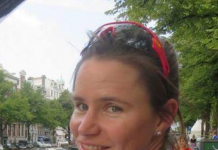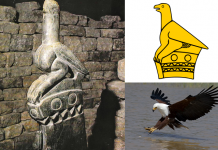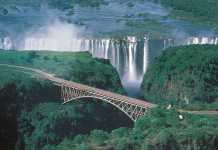By Elizabeth D.T. Taderera
The City of Progress, as its nicknamed, was founded in 1894 as a military outpost by Leander Starr Jameson in an area known as iKwelo (the Steep Place) by the local Ndebele. It attained municipal status in 1914 and was deemed a city in 1971. Known as Gwelo before independence, it became an agricultural center, with vibrant farming activities in beef cattle, crop farming, and a market. Due to its geography, the climate is conducive for farming.
Situated along the road and railway between Harare and Bulawayo and near the rail spur to Maputo, Mozambique, it is a busy trade centre with modest industrial development. The country’s oldest shoe manufacturer, the Bata Shoe Company, is housed in Gweru.
The city is home to a number of colleges, primary schools, secondary schools, and universities with the most notable being Midlands State University and Mkoba Teachers College. There are two radio stations based in the city, 98.4 Midlands and Central Radio, as well as a local newspaper, the Gweru Times. There are training sections of Zimbabwe’s Air Force at the Gweru Thornhill Airbase as well as a military academy on site.
Gweru is the home of Chapungu F.C., a team that currently plays in the Zimbabwe Premier Soccer League at Ascot Stadium. The town also has space for rugby, bowling and cricket at its Sports Club.
Gweru is welcoming to tourists with many old buildings still standing, for example, the Midlands Hotel which was opened in 1927 by the Meikles brothers. In addition to the Fairmile Motel (now Regency Hotel) that is located just one mile from the city center on the Bulawayo highway, there are lodges scattered throughout the city, providing tourists a place to stay while they take in the beauty of manmade and natural places, like Antelope Park, White Waters, and Insukamini Ruins.
One feature that makes Gweru stand out is the Boogie Clock Tower located at the intersection of Main Street and Robert Mugabe Way. It was built in 1928 in the memory of Major William James Boogie by his widow Jeannie. However, the clock has not worked for a long time. Another key attraction is the Zimbabwe Military Museum. There are also archeological sites nearby, namely the Nalatale and Danangombe, the former being known for its patterned brickwork and the latter for its Portuguese remains. The remains date back to as early as the Torwa State during the 17th century. The surrounding area is rich in deposits of gold, chrome, iron, asbestos and platinum.
As a central city, Gweru has direct links to all other cities and towns. It is 164km away from Bulawayo, 183 km from Masvingo, 471km from Beitbridge, and 275 km from the capital city, Harare. Gweru is continuing to develop with a mall being built along the Bulawayo road and more sites to visit and have a relaxing weekend being built. One thing is for certain I am proud to be a resident of a town with such a rich history.

























